|
TENANTS HARBOR—When Scotland beachcomber Martin Gray went walking along one of his favorite beaches, Billiacru last week, about two miles from Stromness, the little fishing port where he grew up, he spied an orange plastic tag with the name C. Morris and the number #167 on it. An avid beachcomber since he was a teenager, he knew immediately what it was.
“We find lobstering gear from all along the eastern seaboard of North America, from Labrador to Rhode Island,” he said. “Maine gear is probably the largest single cohort (followed by Newfoundland/Labrador and Massachusetts) and includes escape vents, trap tags, TopMe tags, buoys, Plante sticks and pot heads.” The little piece of plastic, was in fact, a dislodged trap tag owned by Corey Morris, 35, a lobsterman from Tenants Harbor. It had traveled roughly 3,000 miles through the Gulf Stream/North Atlantic Drift that spins gear out across the Atlantic to Europe. Excited to locate the owner of his find, Gray posted a photo of the tag on his Facebook page Orkney Beachcombing. “In many ways, Facebook is an almighty pain in the backside full of bland truisms, peoples’ dinners and soppy kittens,” Gray said. “But, for finding connections, it is unsurpassed. I posted a photo on my Facebook page of a Massachusetts float found here yesterday. I had the owners name in seven minutes. I find that absolutely staggering!” As for Morris, he was just working in his garage, repainting all of his buoys and getting his gear readied for the season when his Facebook notifications went crazy. Maine followers of Gray’s Facebook page notified Morris that Gray wanted to get in touch with him so he did. What makes this find special is that this tag “C. Morris #167” was also his grandfather’s initials and original license number. Charles "Charlie" Morris was the 167th person in the state of Maine to be issued a lobster license. The year before Charlie passed away, he transferred his license number to his then-six-year-old grandson, Corey. If he hadn't done that, the license would have been considered a lost or retired license. ”I was already in an outboard with my dad at that age,” said Morris. “I couldn't even haul the trap then I was so little. I can remember going home in the evenings and hauling 10 traps with my dad. He's now held his lobster license for 29 years. Current regulations don't allow lobster fishermen to transfer tags to family members any more, so #167 will retire with Morris. "If I wanted to give my daughter mine, I couldn't,” he explained. “She'd have to go into the lottery and get a five or six digit number." "I noticed in Martin's picture that the holes of the tag are intact, so it didn't look like the hog ring ripped off," said Morris. He declined to say how it could have come off but every lobsterman who has had his gear molested, and tags ripped out to keep the trap (which runs around $100 per trap) knows it's a distinct possibility that the tag was deliberately cut out and discarded into the ocean. Asked about his grandfather would have handled that, Morris said, "They didn't have tags when he was fishing. Back in the ‘40s and ‘50s, they would've shot somebody if someone stole a trap. They took care of it themselves. They didn't need Marine Patrol and you wouldn't have the wording on the tag about imprisonment (for molesting gear.)" Things have really changed since his grandfather’s day, he said. "Everything was built from scratch, wooden round traps, knit heads. They were happy to catch a crate a day and today, we have to catch several hundred pounds a day just to earn our living, but you know the money was different back in those days too.”Gray has seen more trash float in on his beaches from the U.S. than he cares to, but when it comes to fishing gear, that’s different. “The finds from Maine fishermen are special because I know that what reaches us from there isn't really litter,” he said. “Almost all of it was lost against the wishes of the fisherman, with very little casually thrown away. The escape vents float free but that is a conservation measure to render lost ghost pots nonlethal to marine life. A brilliant plan! We have nothing like it here. There's no such thing as ‘good litter,’ but escape vents come very close! I make clear distinctions between plastic in the sea that has been willfully dumped, lost by neglect or mismanagement and lost by accident. Maine pot gear is almost all lost by accident.” Gray has been working the last five years to display the best of his beach finds into finds over the last few years into a museum. “Finding Corey’s tag has been the highlight of my beachcombing winter,” Gray said. “It has a very special tale behind it and I can see it being a star exhibit one day.” -Story and photos by Kay Stephens Related story: Maine’s treasures (and trash) wash up on Ireland’s shores
0 Comments
Well you know, to write the novel, I had to learn not only how lobster traps work but also what it would take to really thrash the sh** out of one--say in some dubious middle of the night situation. Disclaimer: I didn't actually go out in the middle of the night and thrash the sh** out of one. Here at the 38th Annual Maine Fisherman's Forum, I wandered over to the Friendship Trap Co. booth to ask about the steel runners they had on display and how they worked with wire traps. Here, for the layman lobster aficianado, is how it works. To sink a galvanized wire trap so that it stays on the bottom of the ocean, you need weight, but not so much weight that you throw out your poor, friggin achin' back just to lift a trap onto the rail. When you're in your 40s and 50s 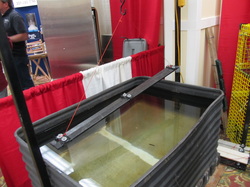 What you're looking at here are LiteLoad Runners, steel runners that attach to the bottom of the trap with a heavier density in the water. In the photo, they are showing how much these runners weigh once submerged. If you want to see how it really works along with a big burly lobsterman, check out the video here. But basically, these LiteLoads will save your back and guys who've been lobster fishing all their lives and have a little extra to spend are likely choose these rather than the next two options. When you're in your 30s. As you can see this is a wire trap with concrete runners bolted right onto the bottom. Apparently PVC and concrete bolt-on runners are the medium range of weight. Let's say you've been lobstering since you were 12 and you might have tweaked your back on a couple of good keg stands or falling off a dock, but you haven't mangled yourself yet. There's still some usefulness to you and your wallet to go this route. When you're in your 20s and teens. This here, as you can see is about as old-school as you can get. Wire trap. A place for a brick. Add brick. The lobstermen of yore used to weigh their wooden oak traps down with bricks because obviously with wood, you need something to keep them from floating. But today, I'm told (and please comment if I've left anything out or said it wrong) that this is about as budget as you can get. Great for kids up and coming because they have backs like Superman. So what's the best for an unstompable trap? Here the nice gentleman from Friendship Trap Co. actually has a display that shows when he's standing on the bottom of a trap reinforced with bolt-on concrete, there's no give or sag when he steps upon it. He steps over to the next trap (to his left in the pic), only clad in oak runners and bam, it goes down like wilted lettuce. So, that's what I found out. If you don't want your traps to get the sh** thrashed out of them, outfit 'em in concrete.
While some of us are celebrating with green beer today, others are celebrating a timely release from their long-suffering prisons made from galvanized wire. Yes--it's Crustacean Liberation Day for hundreds of lobsters in Maine! As the Coast Guard's "Ghost Gear Cleanup" Project is underway early reports show lobsters wriggling out of traps that have long remained on the bottom of the ocean floor.
** Lobstermen, marine patrol join Coast Guard in 'ghost gear' cleanup By Shlomit Auciello | Mar 17, 2011 Penobscot Bay — Owls Head lobstermen Scott Herrick, Donald Williams and Rob McMahan joined Maine Marine Patrol officers Brian Tolman and Matt Sinclair aboard the Coast Guard Buoy Tender Abbie Burgess Monday, March 14 as part of an ongoing effort to retrieve large clusters of lobster gear from the bottom of the sea off the coast of Maine. So-called "ghost gear" can be a hazard to navigation, and often collects in areas that would be otherwise productive lobster bottom. The combined team hauled and sorted 80 lobster traps that had gathered into a series of knotted bunches that Chief Warrant Officer Paul Dupuis, commander of the Abbie Burgess, referred to as a "gaggle." The traps were located at two spots at the bottom of Penobscot Bay between Fisherman Island and Vinalhaven. A third group of sunken traps was not located due to the height of the tide. The collected traps, many of which were on the bottom of Penobscot Bay for at least three years, were identified by their owner's trap tag number and name. The lobstermen planned to take the traps to the Ship to Shore parking lot in Owls Head, where they were to be picked up by their original owners. Tolman said the traps found belonged to Jay Ross, Mike Rogers, Dick Carver, Tim Lindahl, Maynard Curtis, F. J. O'Hara, Rob McMahan, Vance McMahan, Jeff Woodman, Justin Philbrook, Shane Hatch, Jeff Edwards and Matt Mills. Dupuis, referred to the event as "crustacean liberation" day. Lobsters ranging in size from those appearing to weigh as much as three pounds to much smaller examples that some refer to as Matinicus shrimp were all sent back to the bottom of the bay, along with a variety of starfish, crabs and other marine life. Shortly before the Abbie Burgess departed from its wharf, Coast Guard personnel received word that the No. 11 buoy off Monroe Island was no longer showing a beacon. When the Abbie Burgess Coast Guard personnel replaced the beacon and made plans to return later to replace the bell and conduct routine maintenance. For more information about ghost gear recovery efforts, contact the Gulf of Maine Lobster Foundation at gomlf.org or call 985-8088. The Herald Gazette Reporter Shlomit Auciello can be reached at 207-236-8511 or by e-mail at [email protected]. An estimated 4,260 lobster fishermen in Maine caught a record number of lobsters this year, (93 million pounds, up from 81 million in 2009) worth $308.7 million. Not since the late 1990s and early 2000s has the state seen this kind of boon.
Scientists are crediting unusually warm water, which allowed lobsters to molt earlier--for an earlier catch in July--a month sooner than usual. An easing of state rules combined with a long-coming lobster population growth also factored in. What lobstermen are saying everywhere, "I had a pretty good year." After recent years, that's fantastic to hear. source: New York Times |
Author
Columns and news about the subculture of Maine lobstering. Archives
May 2024
Categories
All
|
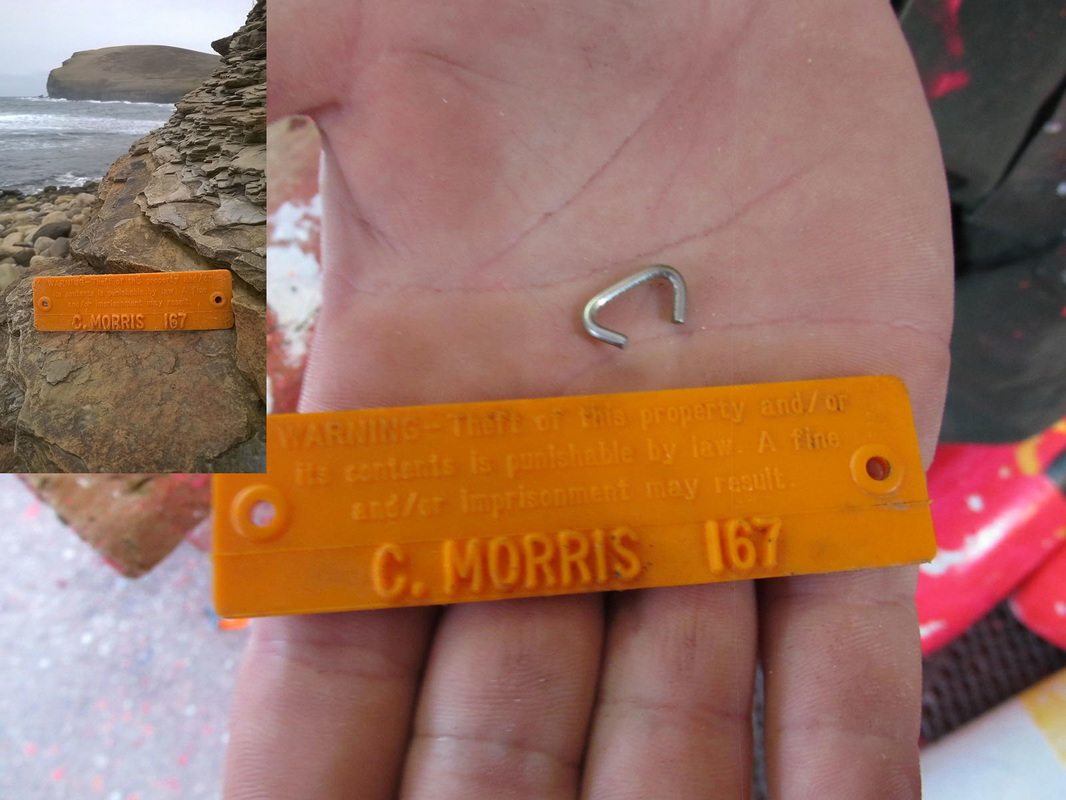
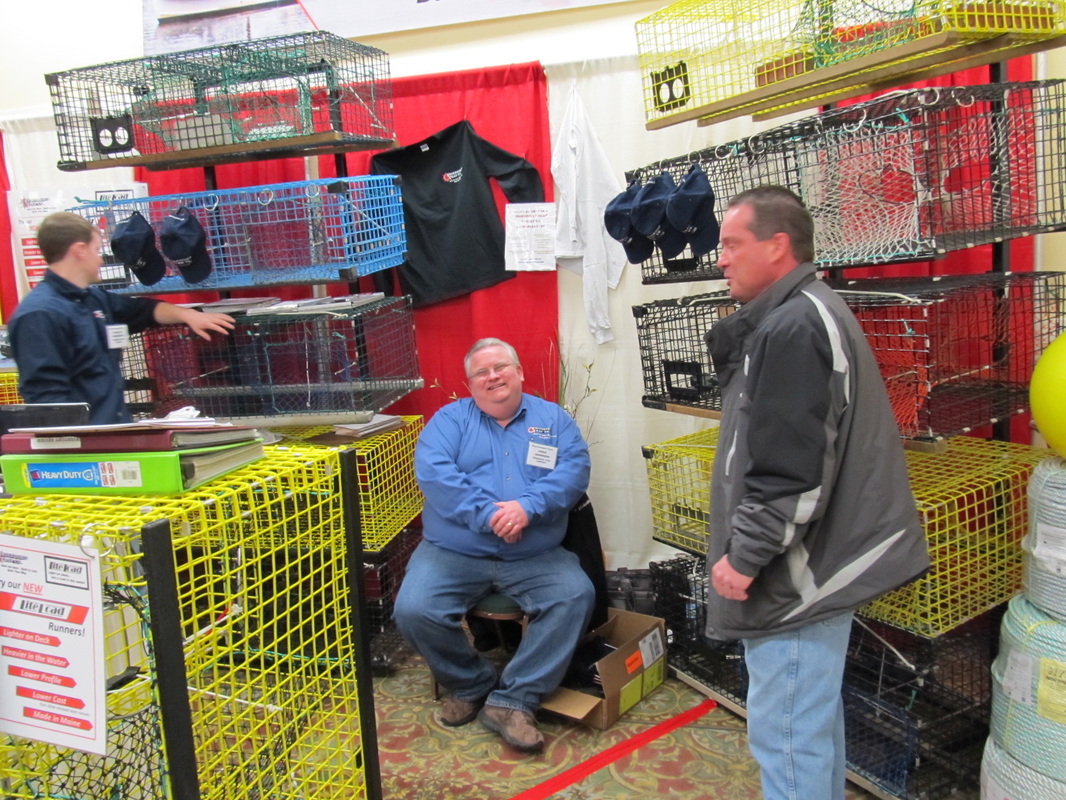
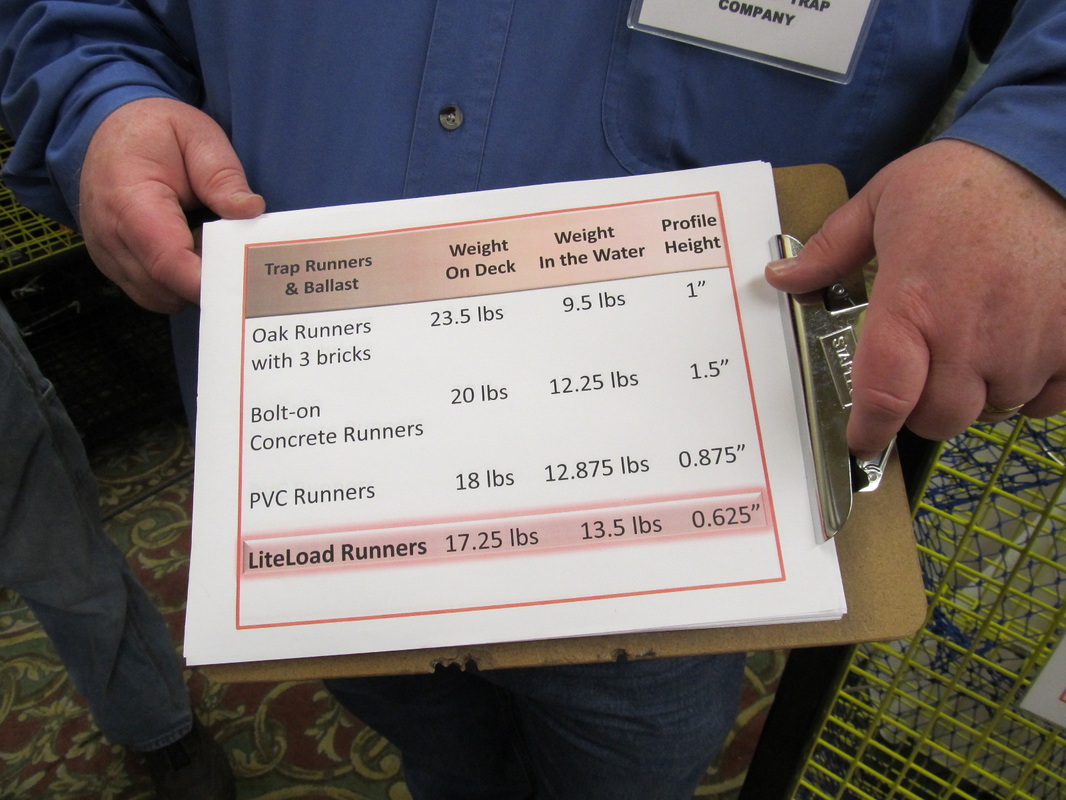
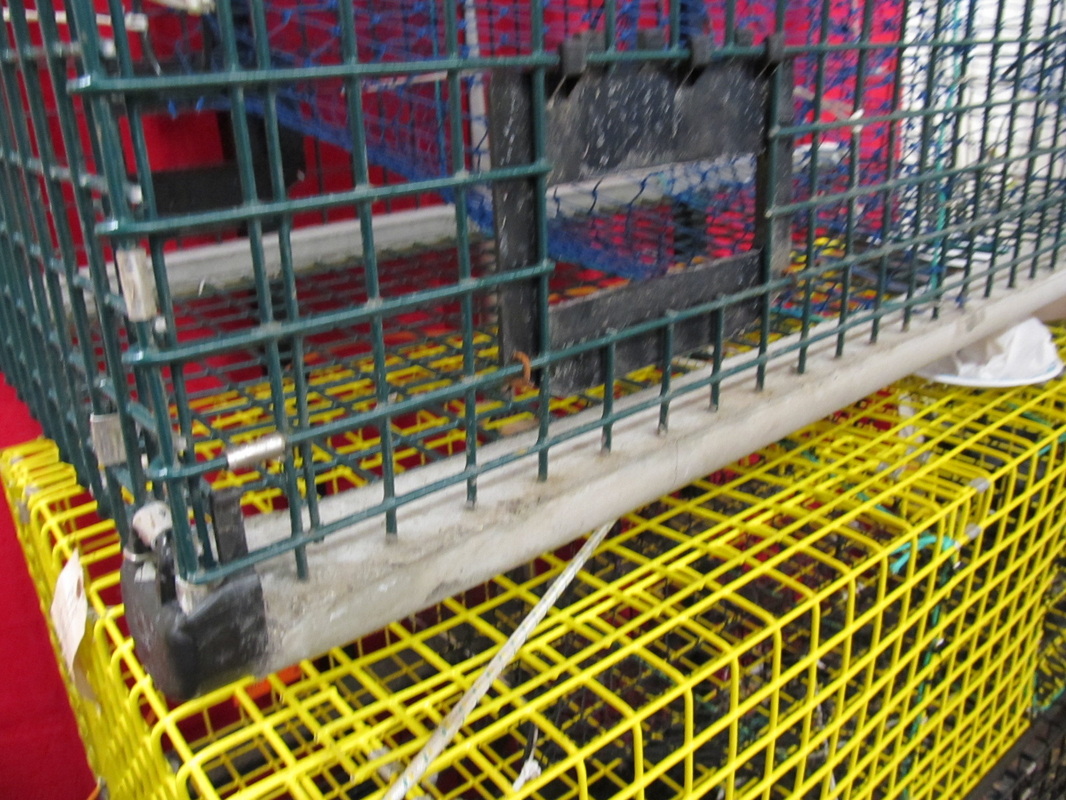
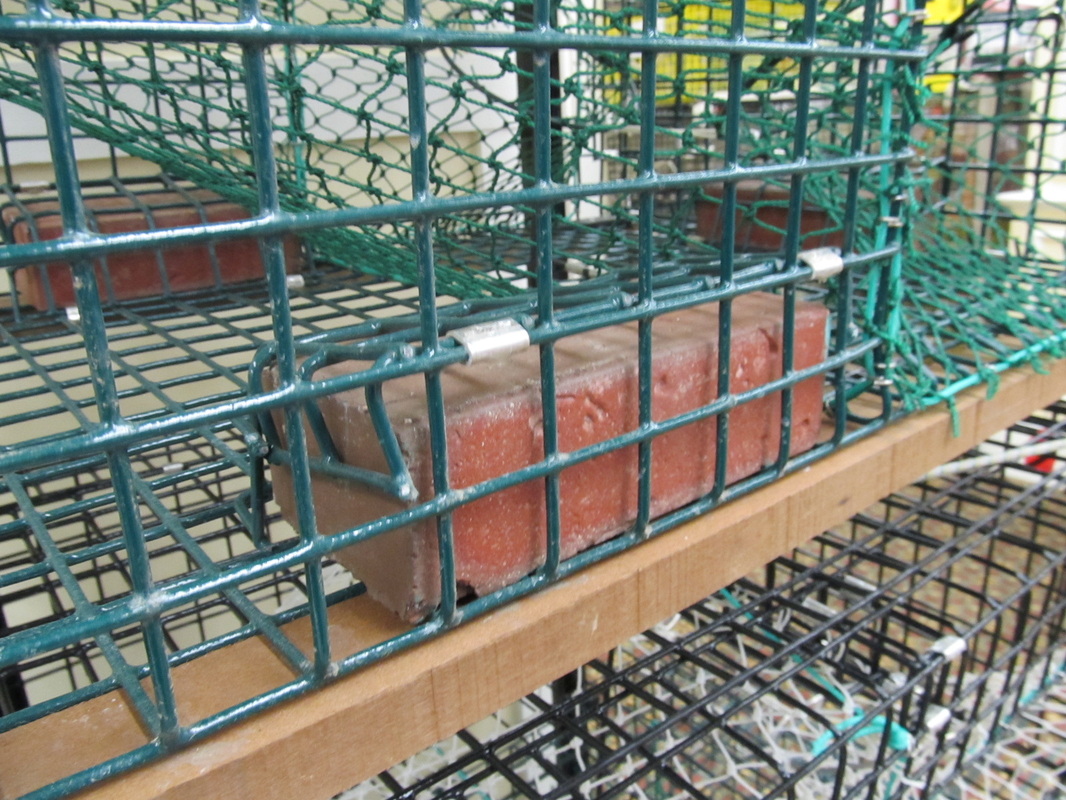
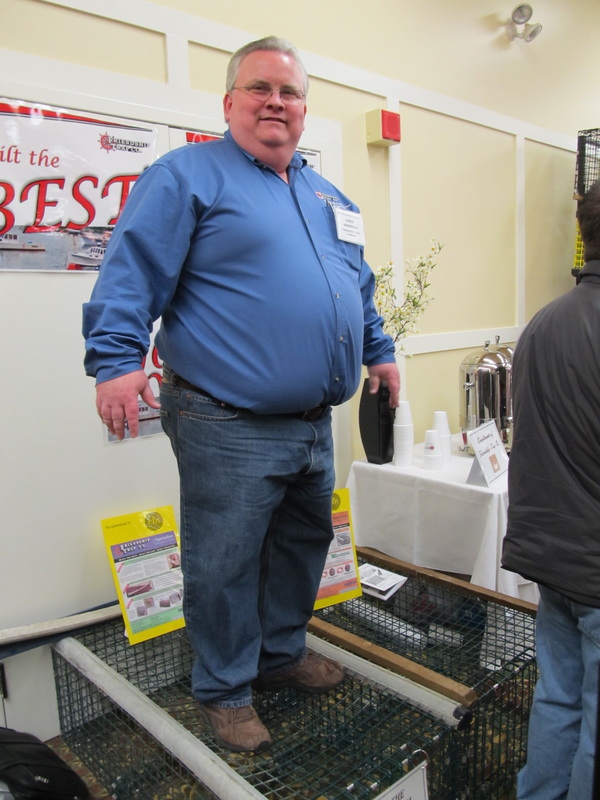
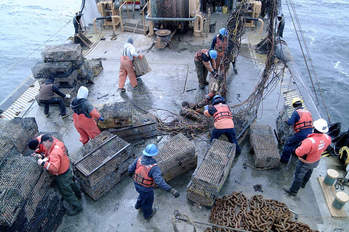
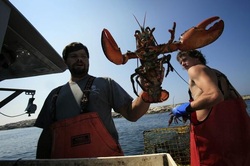
 RSS Feed
RSS Feed
